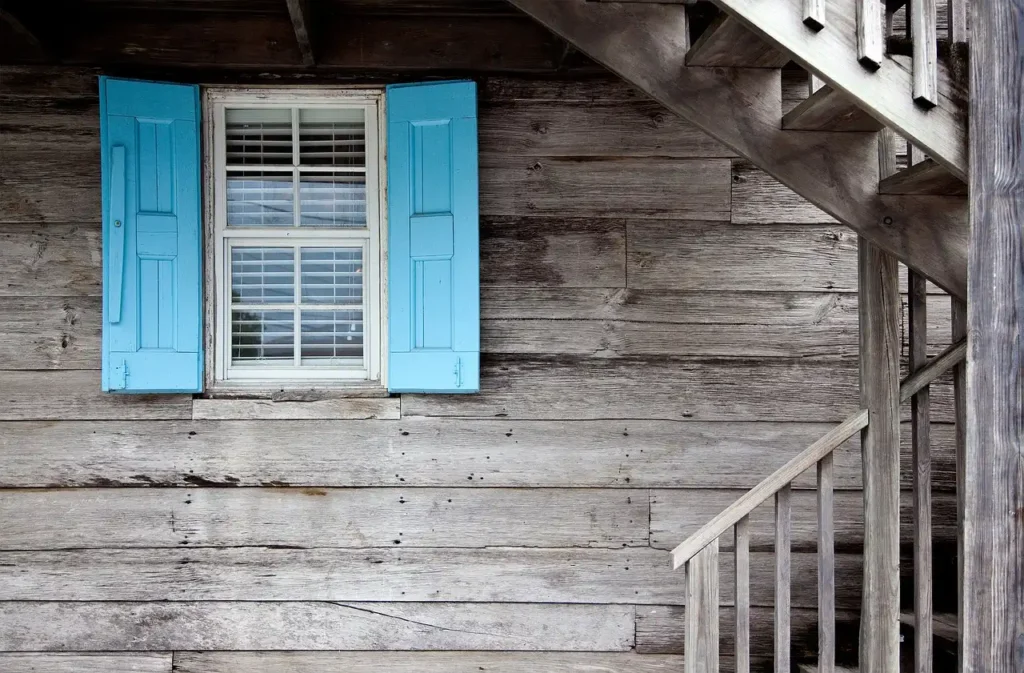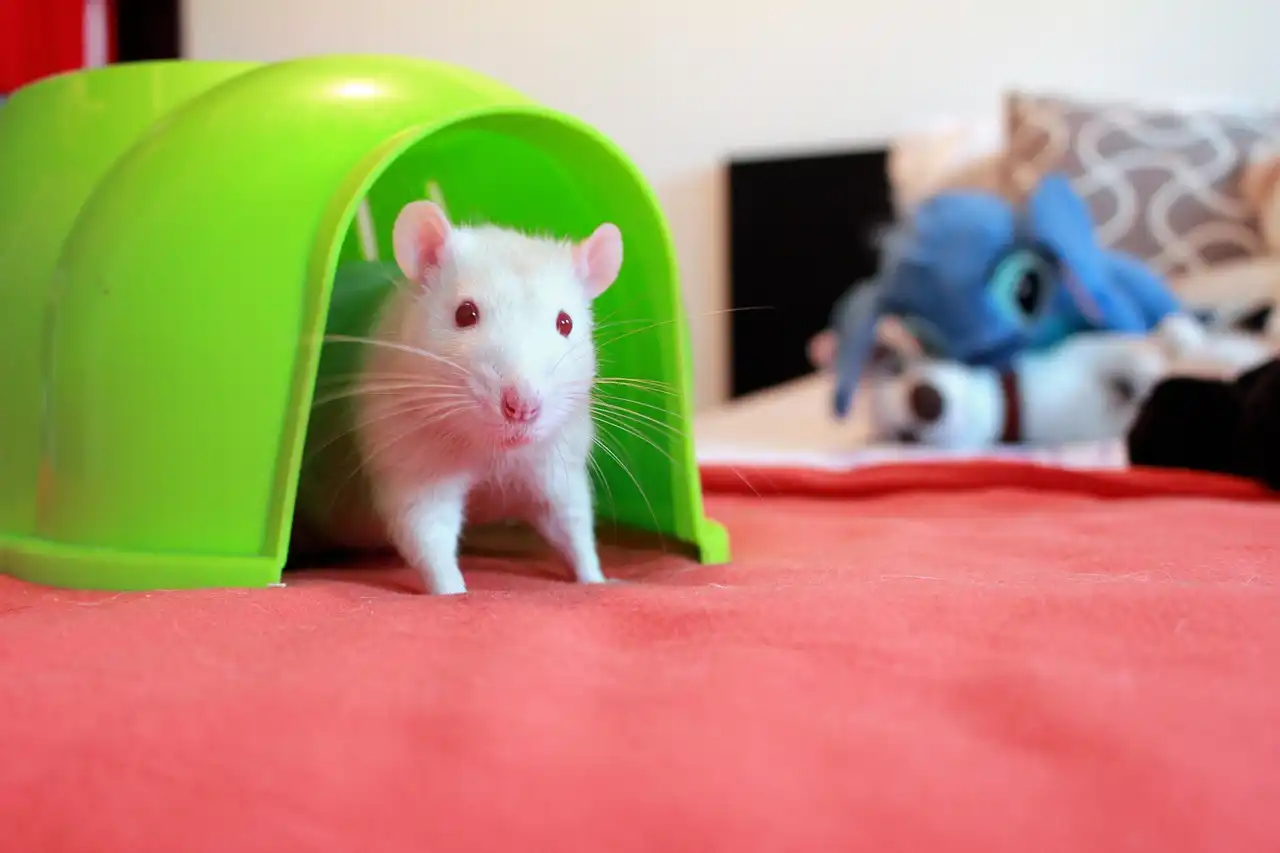How Do Rats Get in the House? Your Complete Entry Point Guide
You hear scratching in the walls at night and wonder how those uninvited guests found their way inside.
Rats are master infiltrators with an impressive ability to squeeze through spaces you’d never imagine possible.
Understanding their entry methods helps you seal your home effectively and keep these persistent rodents outside where they belong.
They Squeeze Through Surprisingly Small Openings

You’ll be amazed at how small an opening rats need to enter your home. Adult rats can squeeze through holes as small as a quarter, while young rats slip through spaces the size of a dime.
Their flexible ribcages and collapsible skulls allow them to compress their bodies remarkably.
Rats test potential entry points by sticking their heads through first. If their head fits, their entire body follows.
This ability means that gaps you barely notice become superhighways for rodent invasion.
Look for openings around your home’s foundation, where different building materials meet, and anywhere utilities enter your house.
Even tiny cracks expand over time due to settling, weather, and normal wear, creating perfect rat-sized doorways.
Common Entry Points Around Your Home’s Exterior

Your home’s foundation offers numerous access points that rats exploit regularly. Cracks in concrete, gaps where the foundation meets siding, and spaces around basement windows provide easy entry.
Rats also slip under doors with inadequate weather stripping or damaged door sweeps. Utility penetrations create prime entry opportunities that homeowners often overlook.
Check where electrical wires, plumbing pipes, gas lines, and cable connections enter your house.
Contractors sometimes leave gaps around these installations that rats quickly discover and exploit.
Roof areas present another major vulnerability that rats access through overhanging tree branches.
They climb onto your roof and find entry through damaged soffit vents, missing roof tiles, or gaps where the roof meets walls.
Chimney areas also provide access if spark arrestors or caps have gaps. Exterior vents for dryers, bathrooms, and kitchen exhausts often have damaged or missing screens.
Rats push through these openings and follow ductwork directly into your living spaces.
Indoor Pathways Once They’re Inside

Once rats breach your exterior defenses, they use your home’s infrastructure as their personal highway system. Wall cavities provide protected travel routes between floors and rooms.
Rats follow electrical wiring and plumbing through these spaces, emerging wherever they find openings.
Your basement and crawl spaces become staging areas for further exploration. Rats use these areas to access floor joists, follow pipes upward, and find routes into your main living areas.
They emerge through gaps around pipes under sinks, holes behind appliances, and spaces where baseboards meet walls.
Attic spaces offer rats excellent nesting locations with easy access to the rest of your home.
They travel along ceiling joists and drop down through gaps around light fixtures, ceiling fans, or anywhere wiring penetrates the ceiling.
HVAC systems provide convenient transportation networks throughout your house.
Rats enter through exterior intake vents and travel through ductwork to reach different rooms. They exit through register gaps or damaged duct connections.
Seasonal Patterns and Attraction Factors
Cold weather drives rats indoors as they seek warmth and reliable food sources.
Fall brings the highest invasion rates as outdoor food becomes scarce and temperatures drop. Your heated home offers everything rats need to survive winter comfortably.
Food odors and easily accessible meals make your home irresistible to passing rats.
Pet food left out overnight, unsealed pantry items, and food scraps in garbage attract rats from considerable distances. They follow scent trails directly to these food sources.
Water availability also draws rats inside, especially during dry periods. Leaky pipes, condensation around appliances, and even pet water bowls provide the moisture rats need daily.
They establish territories near reliable water sources. Shelter requirements bring rats indoors when outdoor nesting sites become unsuitable.
Construction in your neighborhood, lawn care activities, or natural disasters displace rat populations, sending them searching for new homes.
Conclusion
Understanding rat entry methods empowers you to seal vulnerabilities and protect your home from these persistent invaders effectively.







